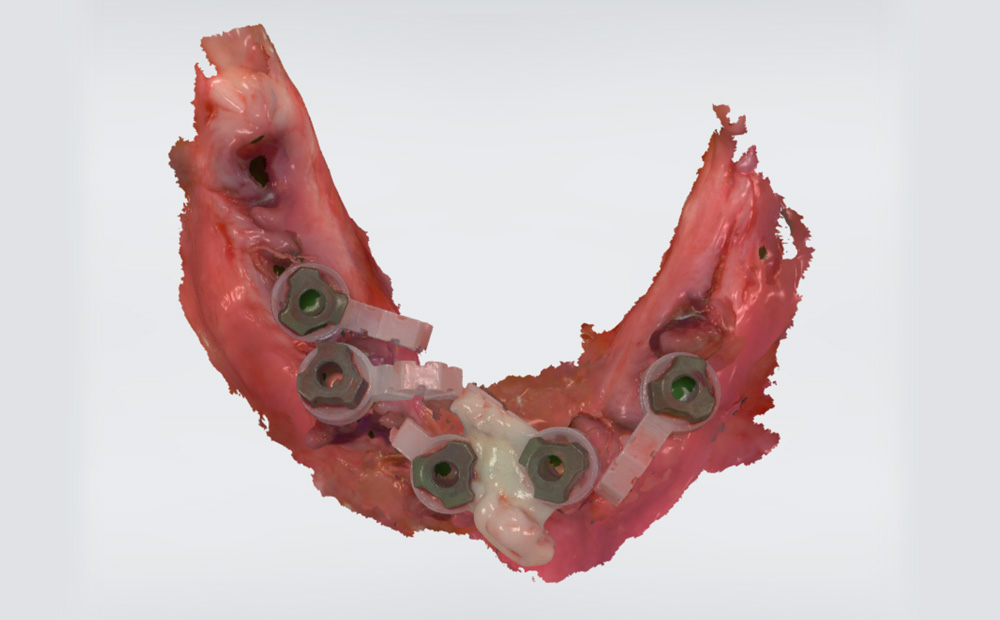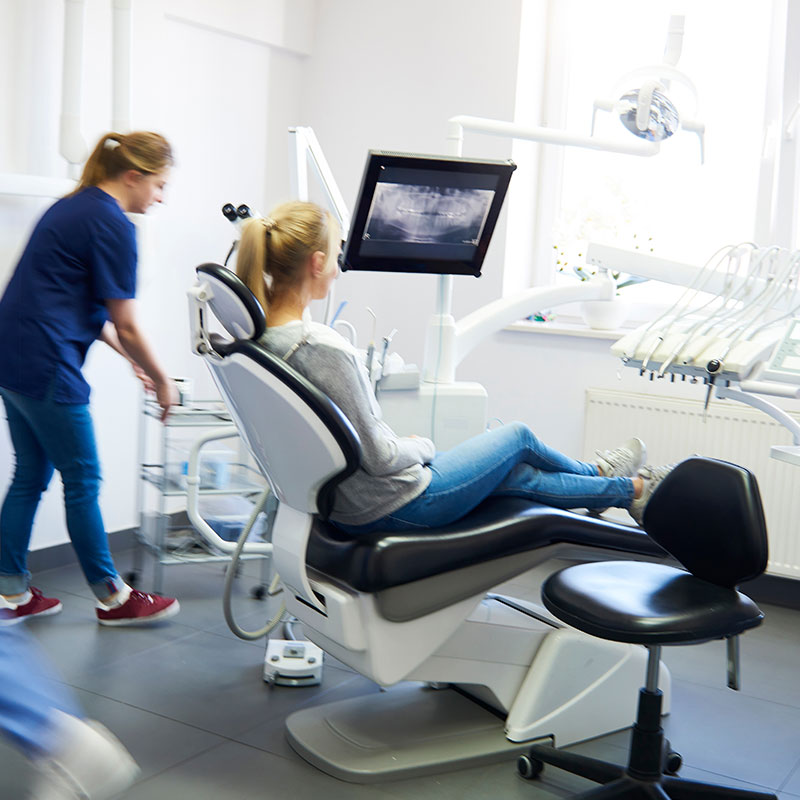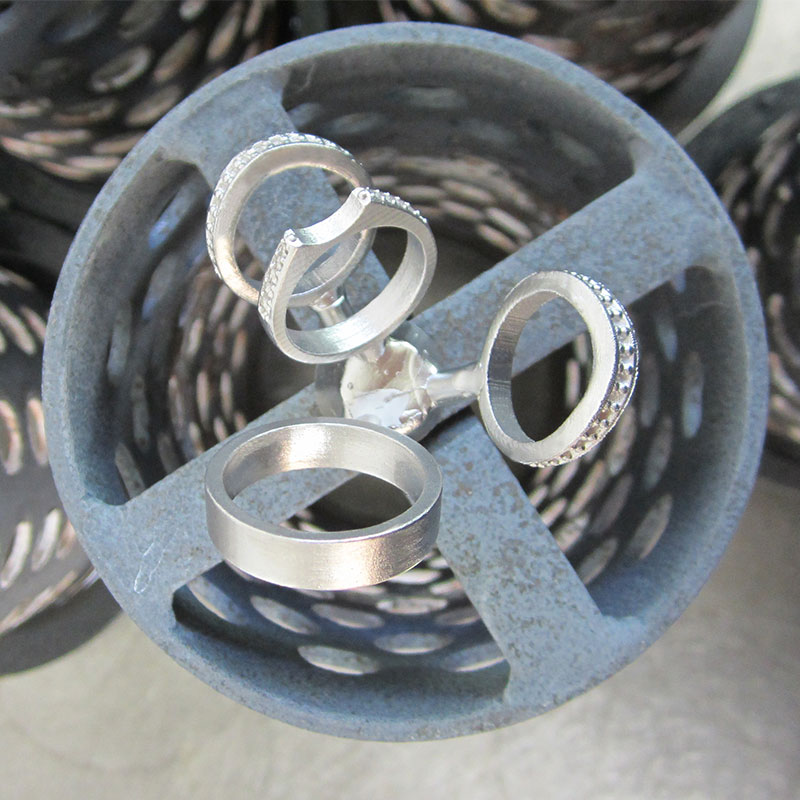3D printing drives innovation
Closing the innovation loop
My digital dental journey started around five years ago when I received a call from the CEO of Australia’s largest branded dental service organisation, asking me to assist in negotiating one of the largest intra-oral scanner deals in the southern hemisphere, as well as to develop a training programme to support the use of the scanner for the almost 600 dentists in the group. I am a dental practitioner by trade, but at that time, I was responsible for managing a brand within the group in over 40 locations. At the same time, I also had oversight of one of the largest dental laboratories in Australia. As the Pacific Smiles Group’s founder Dr Alex Abrahams put it, he wanted me to take the group from a horse and cart to a Tesla as fast as possible. Knowing that I did not have a century to achieve this, I looked to other innovative companies to assist me. There are a myriad of intra-oral scanners out there, creating digital files as an output from the intra-oral scan. It was in wondering who could help us with using the output of these files that my passion for 3D printing began. Little did I know that my passion would pay dividends in terms of rapid prototyping of dental solutions well into the future.

Tektonic is a patented long-span intra-oral scanning solution. It allows for accurate recording of implant positions to enable digitally fabricated implant prostheses quickly, simply and, more importantly, accurately. There were many iterations of the product, resulting in the development and testing of multiple prototypes before the product was ready for clinical use.
The cost of multiple testing phases and changes to a prototype using traditional approaches would have been prohibitive. This is where 3D printing has made such a difference. For Tektonic, 3D printing the device prototypes has enabled us to close the innovation loops quickly as we identify and refine our innovative ideas into practical solutions. What would have taken us weeks or months in the past, now quite literally takes us minutes or hours. Speed is one thing, but when working with single-digit micron tolerances, it is critical to have an output device that can both keep up with the requirements of the product and function in a patient’s mouth.
Asiga 3D printers delivered this to us in spades through their precision 3D printing technology.
I have taken almost 3,500 complex intra-oral scans in my daily practice, and one thing that I have learned when recording implant positions is that anatomy does not care about dental innovation. The anatomy ebbs and flows in unique and often very complex patterns. When you add multiple implants to that environment (which are often at divergent angulations) and then try to accurately record these positions digitally, it can be very difficult to scan, particularly in the edentulous mandible.
That is why Tektonic is not a horizontal scanning system. It is a vertical one with fixation points to allow a myriad of geometric wing piece options which overcome the incongruent nature of the oral anatomy. The 3D-printed wing pieces are selected according to the best shape for the implant position and anatomy. They are then locked on to the titanium core piece of the scan craft. This core piece is then screwed to the implant multi-unit abutment so that the practitioner can bond the wings together in the Tektonic guttering systems using dental composite. This results in a rigid scanning bridge upon which to follow and record implant position and soft tissue—a verification jig (both virtual and physical). The bonding together of the wings allows a truly unique scanning path that is very easy to traverse.
The Tektonic workflow
To demonstrate the use of Tektonic, this example will cover the steps of a workflow for an immediate loading protocol in the case of a patient with a complete maxillary denture opposing failing mandibular natural dentition. The treatment goal was to extract the mandibular teeth, place the implants and then as quickly as possible produce a temporary restoration that would be immediately loaded.

First pre-extraction scans of the mandibular dentition and of the maxillary denture in occlusion were taken. Then selected teeth were extracted from the mandible and the anterior implants, multi-unit abutments and sutures were placed. Tektonics with wings were placed upon the anterior multi-unit abutments and bonded within the wing guttering systems. The bonded Tektonics and the remaining teeth were scanned (although we only kept two teeth for overlay, it still worked very well). This allowed the laboratory team to align the anterior implant positions with the bite in the pre-extraction scan. After scanning, the Tektonics were removed and the rest of the teeth were extracted.
The posterior implants, multi-unit abutments and sutures were placed and the anterior Tektonics re-affixed. As a result of the Tektonic wing-to-wing bonding system, the device will not be affected by vertical shrinkage and will thus not incur any meaningful dimensional change in the cross-arch scan. The posterior Tektonics were placed, the full complement of the cross-arch Tektonic scanning bridge was scanned and the Tektonics were removed. Depending on the type of scanner being used, the Tektonic scan file can be locked and copied so that a digital verification and full soft-tissue scan can be created. This is done by cropping the Tektonics from the scan and then rescanning over the multi-unit abutments and any soft tissue that may have missed in the full-arch Tektonic scan. The files were then sent to the laboratory for the temporary fixed restoration.


The present and the future
For the dentist, Tektonic’s innovation will mean significant time saved and less stress, along with more confidence in the accuracy of the restoration fitting, all while using a fully digital workflow. The patient will also be far less inconvenienced thanks to shorter appointment times and feel more comfortable with dental procedures, as traditional intra-oral impressions and record taking are no longer required. The emergence of intra-oral scanners and 3D-printing technology has revolutionised the practice of implant dentistry and enabled the development of the Tektonic system. I look forward to seeing how the Tektonic system continues to evolve with ongoing development of innovative digital workflows.
Leif Svensson, Australia
Share:































